The risk of money laundering through cryptocurrencies.
On September 15th, the Governor of the State Bank of Vietnam (SBV) issued Circular No. 27/2025/TT-NHNN (effective from November 1st), replacing Circular 09/2023/TT-NHNN, guiding the implementation of several articles of the Law on Prevention and Combat of Money Laundering and disseminating the content of Government Resolution 05 on piloting the cryptocurrency market.
The document also updates the results of the national risk assessment regarding money laundering and terrorist financing.
At a dissemination workshop on the morning of October 16th, Ms. Nguyen Thi Minh Tho, Deputy Director of the Anti-Money Laundering Department (State Bank of Vietnam), stated that Circular 27 emphasizes the principle of risk-based management. Accordingly, organizations must periodically assess money laundering risks and develop procedures for identifying and verifying customers, including those without accounts or with infrequent transactions.
Reporting entities must also regularly monitor business relationships, ensuring transactions are consistent with legitimate funding sources and customer identification records.
At the seminar, Mr. To Tran Hoa, Deputy Head of the Securities Market Development Department of the State Securities Commission, warned that many money laundering schemes using cryptocurrency assets are becoming common worldwide .
According to Mr. Hoa, organizations and individuals have bypassed the authentication systems of service platforms by providing fake documents to carry out illegal money transfers. These individuals also exploit transactions between individuals through the "black market" to directly buy and sell cryptocurrency using cash.
However, the most difficult aspect to identify is the "mixing" of crypto assets, as service providers can only identify the individual owning the crypto assets, while the origin of the crypto assets is often not verified.
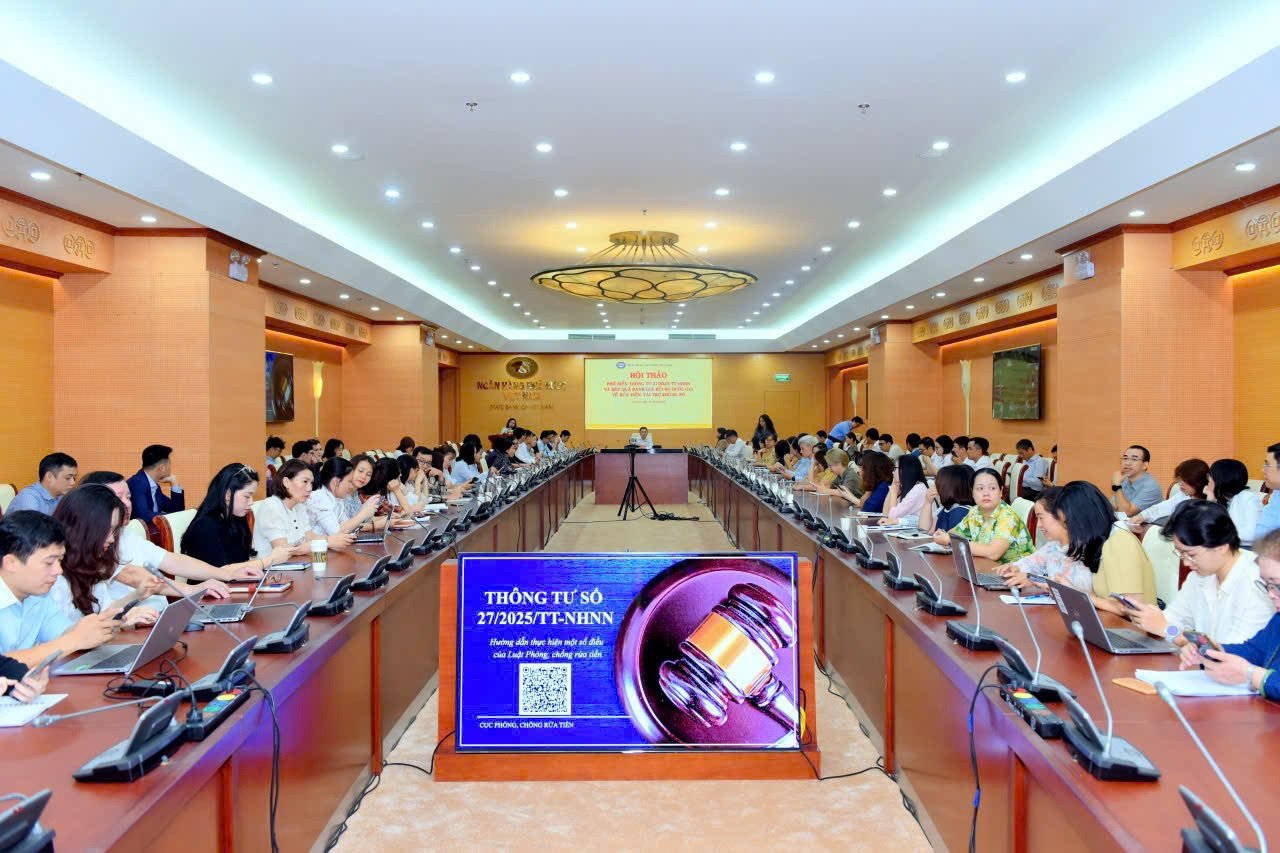
Additionally, the perpetrators also transferred crypto assets through blockchains, creating numerous different transactions with values below the warning threshold, making tracing difficult.
Another method of money laundering through cryptocurrency involves individuals creating "clean" projects, then using illicit cryptocurrency to acquire these projects and transferring the funds back before completely shutting down the projects to erase all traces.
According to Lieutenant Colonel Dam Van Minh, a central legal lecturer at the Department of Internal Security ( Ministry of Public Security ), with the development of the Internet and digital assets, a large number of Vietnamese people are participating in the buying and selling of digital assets, estimated at around 26 million accounts owned by Vietnamese people.
Mr. Dam Van Minh stated that, to date, Vietnam has not recorded any cases of using digital assets to finance terrorism. "The risk of terrorist financing through digital assets in Vietnam is low," Mr. Minh said.
However, representatives from the Ministry of Public Security stated that the risk of money laundering remains a significant concern. Therefore, it is necessary to assess the organizational capacity and customer base with specific risk factors for money laundering and terrorist financing, instead of just making general assessments as is currently the case with businesses and professional associations.
Preventing price manipulation and money laundering through real estate.
Representing the Ho Chi Minh City Real Estate Association (HoREA), Chairman Le Hoang Chau stated that Circular 27 is a major step forward in making the real estate market more transparent and secure.
The reason is that real estate is a high-risk sector for money laundering because it is a large-scale investment channel with complex transactions, easily exploited to legitimize illegal funds. Therefore, Circular 27 was issued at the right time, helping to create a stricter legal framework, contributing to preventing risks and strengthening investor confidence.
A representative from the Real Estate Association stated that the most important message of Circular 27 is to promote compliance and transparency. "If strictly implemented, this document will help the market operate more healthily, while limiting speculation, price manipulation, and money laundering through real estate transactions," he emphasized.
Given that real estate loans account for nearly 24% of the total outstanding loans in the entire system, this expert believes that transparent cash flow management is extremely necessary.
"In the first nine months of the year, consumer credit for real estate increased by more than 12%, mainly for buying and renovating houses - reflecting the real needs of the people. But precisely because of this, regulatory agencies and credit institutions must closely monitor the situation to prevent the misuse of consumer credit to conceal money laundering activities," he warned.
The Chairman of HoREA proposed the need to strengthen training, guidance, and dissemination of legal information to businesses, especially brokerage firms, trading floors, and investors, in order to raise awareness of compliance.
Source: https://vietnamnet.vn/rua-tien-thoi-tai-san-so-mua-du-an-sach-bang-tien-ban-danh-sap-de-xoa-dau-vet-2453415.html


![[Image] Vietnam's colorful journey of innovation](/_next/image?url=https%3A%2F%2Fvphoto.vietnam.vn%2Fthumb%2F1200x675%2Fvietnam%2Fresource%2FIMAGE%2F2025%2F12%2F14%2F1765703036409_image-1.jpeg&w=3840&q=75)









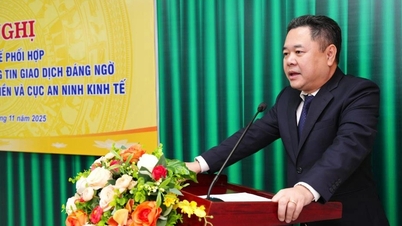
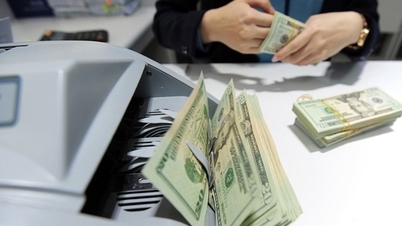

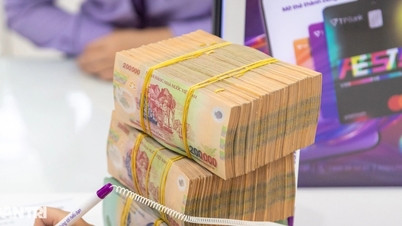

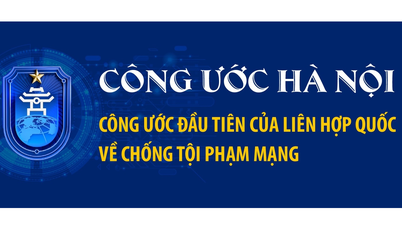



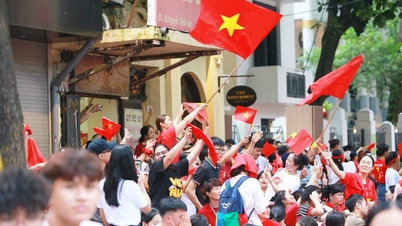










































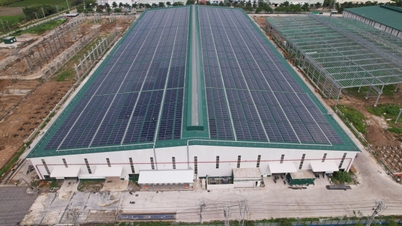












![[Image] Vietnam's colorful journey of innovation](https://vphoto.vietnam.vn/thumb/402x226/vietnam/resource/IMAGE/2025/12/14/1765703036409_image-1.jpeg)
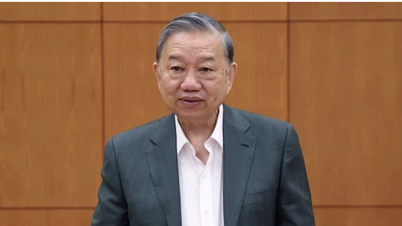






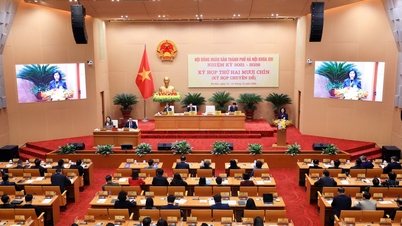











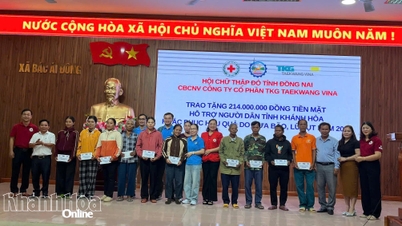

![[Infographic] Portrait of the Standing Committee of the Dong Nai Provincial Farmers' Association for the 2025-2030 term](https://vphoto.vietnam.vn/thumb/402x226/vietnam/resource/IMAGE/2025/12/14/1765708210139_thumbnail_ban_thuong_vu_sua_20251214164836.jpeg)












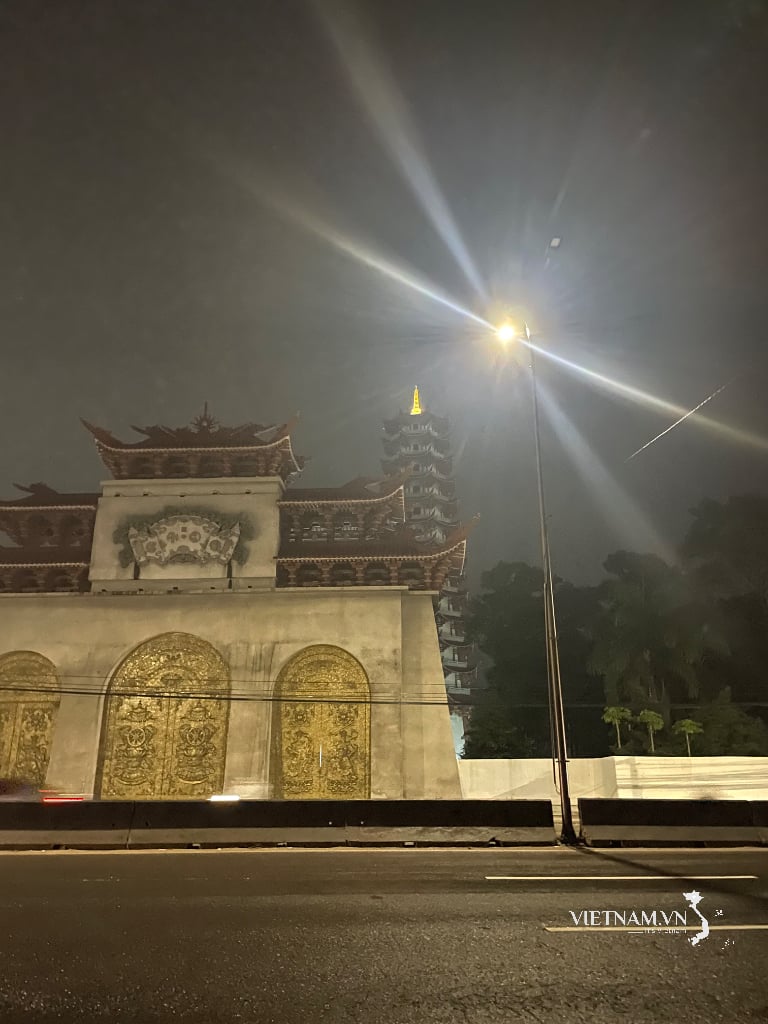


Comment (0)